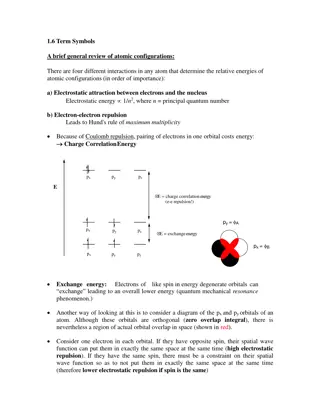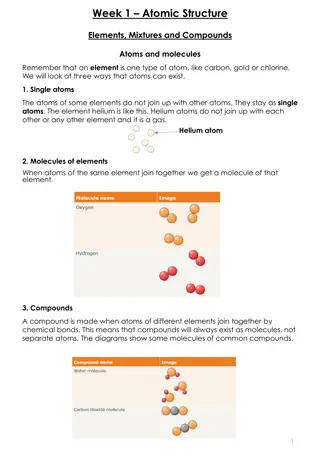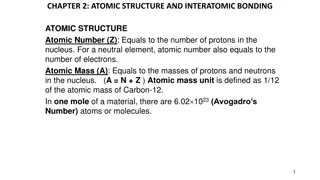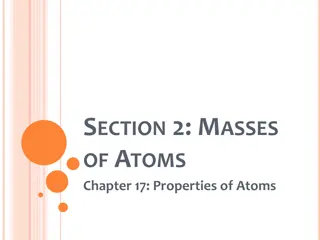ATOMIC ENERGY EDUCATION SOCIETY
The distribution, density, and growth patterns of world population across different regions and the factors influencing population distribution including geographical, economic, and social factors.
Download Presentation

Please find below an Image/Link to download the presentation.
The content on the website is provided AS IS for your information and personal use only. It may not be sold, licensed, or shared on other websites without obtaining consent from the author.If you encounter any issues during the download, it is possible that the publisher has removed the file from their server.
You are allowed to download the files provided on this website for personal or commercial use, subject to the condition that they are used lawfully. All files are the property of their respective owners.
The content on the website is provided AS IS for your information and personal use only. It may not be sold, licensed, or shared on other websites without obtaining consent from the author.
E N D
Presentation Transcript
ATOMIC ENERGY EDUCATION SOCIETY SUBJECT GEOGRAPHY STREAM ARTS CLASS -12 CHAPTER-02 THE WORLD POPULATION MODULE-01/03 Prepared By: Mr S.SADHUKHAN (PGT-SS) AECS-2, JADUGUDA
Distribution, Density and Growth PATTERNS OF POPULATION DISTRIBUTION IN THE WORLD The 10 most populous countries of the world contribute about 60% of the world s population. Of these 10 countries, 6 are located in Asia.
DENSITY OF POPULATION Density of Population = Population/Area Densely Populated Regions -- more than 200 persons per sq.km East Asia(China,Japan,South Korea and Taiwan) South Asia(India,Pakistan,Bangladesh,Sri Lanka and Nepal) North-West Europe (U.K, France,Germany,Netherlands, Belgium,Luxemberg,Ireland,Denmark,Spain and Italy) Eastern North America (North-East United States and South- East Canada)
Sparsely Populated Regions less than 01 person per sq.km Deserts (hot and cold), arid and semi-arid areas The polar caps(Tundra and Antarctica) The lofty and rugged mountains The Equatorial dense forests
FACTORS INFLUENCING THE DISTRIBUTION OF POPULATION Geographical Factors Availability of water Landforms: Climate Soils
Economic Factors Minerals Urbanization Industrialization
Social and Cultural Factors Some places attract more people because they have religious or cultural significance. In the same way-people tend to move away from places where there is social and political unrest. Many times government offer incentives to people to live in sparsely populated areas or move away from overcrowded places.
POPULATION GROWTH Growth of Population - It refers to the change in number of inhabitants of a territory during a specific period of time. This change may be positive as well as negative. It can be expressed either in terms of absolute numbers or in terms of percentage. Growth Rate of Population: This is the change of population expressed in percentage. Natural Growth of Population: This is the population increased by difference between births and deaths in a particular region between two points of time. Natural Growth = Births Deaths Actual Growth of Population: Births-Deaths + In Migration Out Migration
Positive Growth of Population: This happens when the birth rate is more than the death rate between two points of time or when people from other countries migrate permanently to a region. Negative Growth of Population: If the population decreases between two points of time it is known as negative growth of population. It occurs when the birth rate falls below the death rate or people migrate to other countries.
COMPONENTS OF POPULATION CHANGE There are three components of population change Births Deaths Migration
Crude Birth Rate (CBR) It is expressed as number of live births in a year per thousand of population. CBR = Bi/P *1000 CBR = Crude Birth Rate; Bi = live births during the year; P= Midyear population of the area Crude Death Rate (CDR) It is expressed in terms of number of deaths in a particular year per thousand of population in a particular region. CDR= D/P * 1000 CDR= Crude Death Rate; D= Number of deaths; P= Estimated mid-year population of that year.























